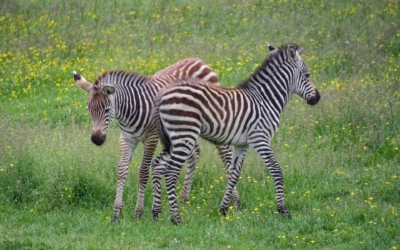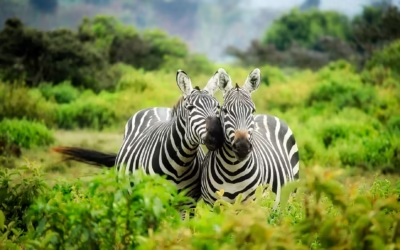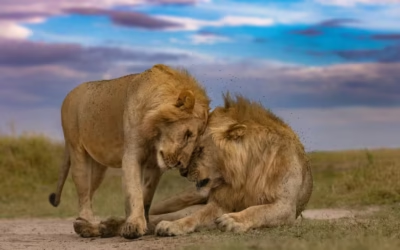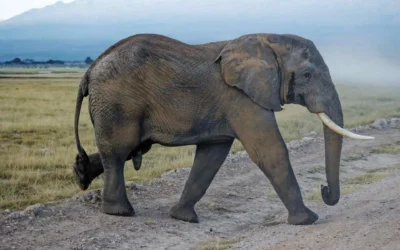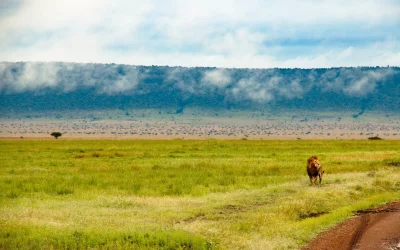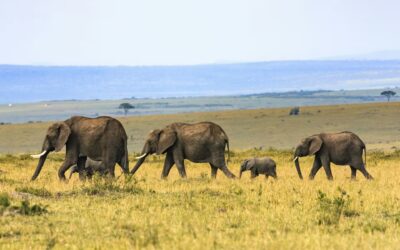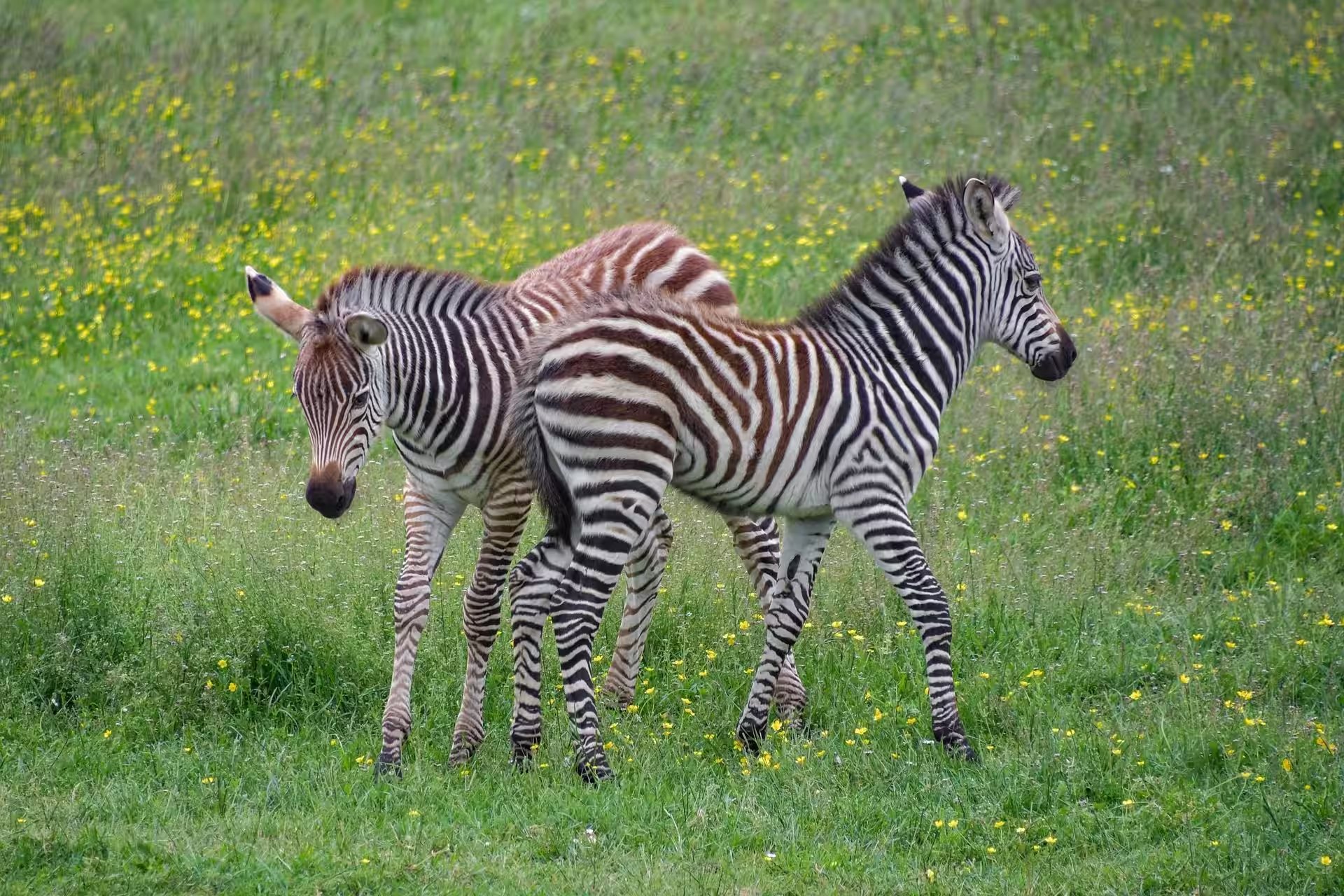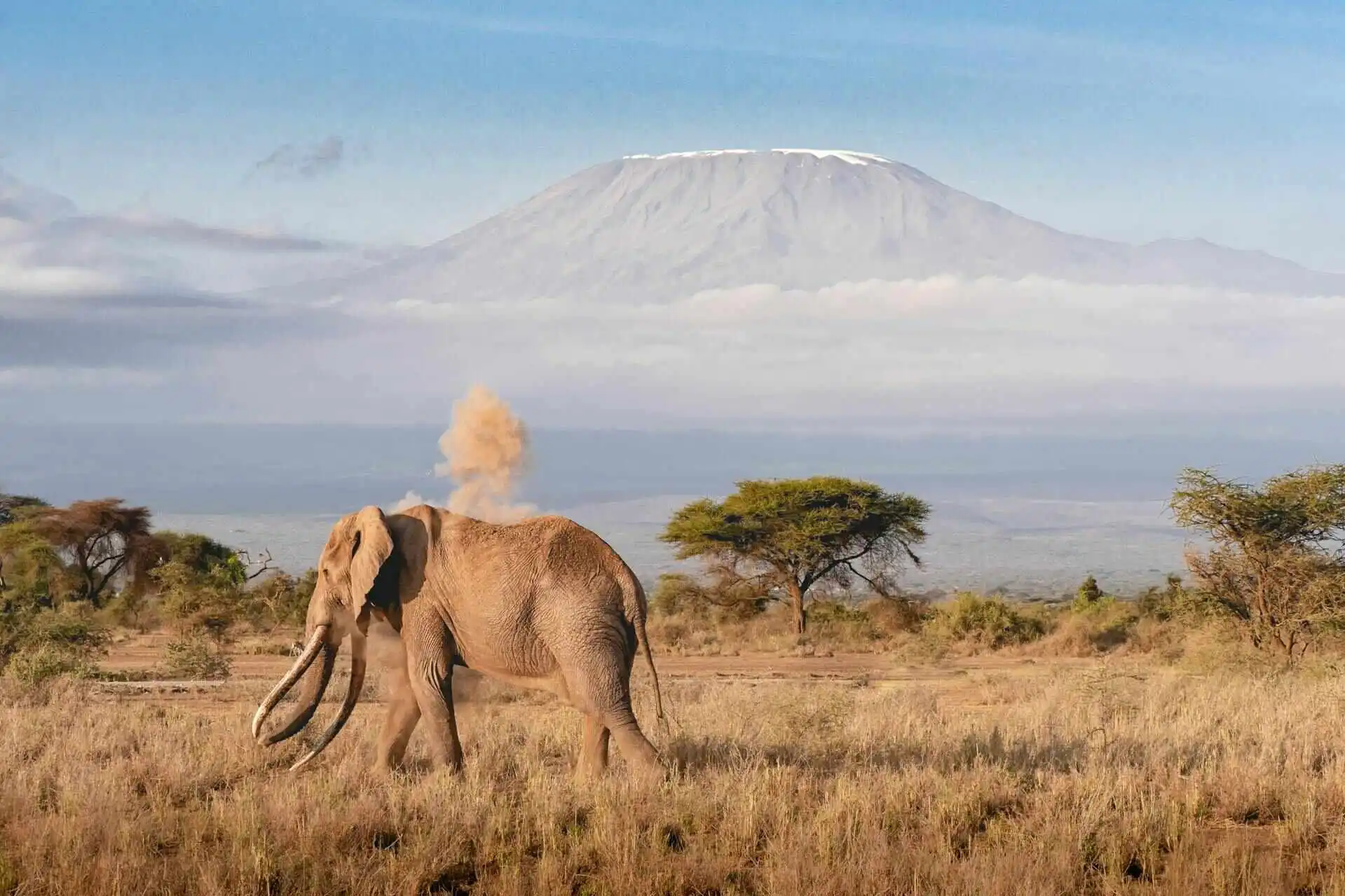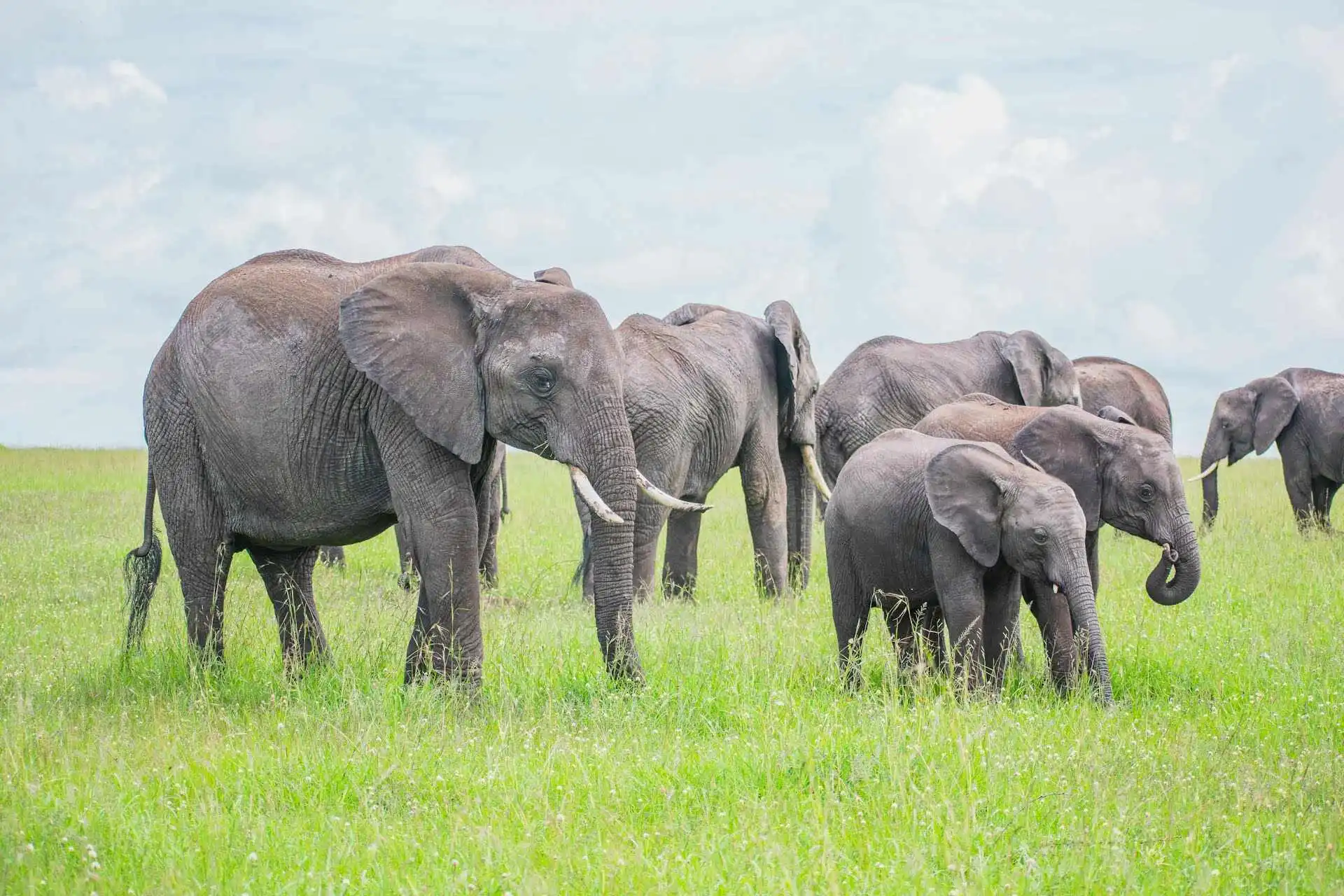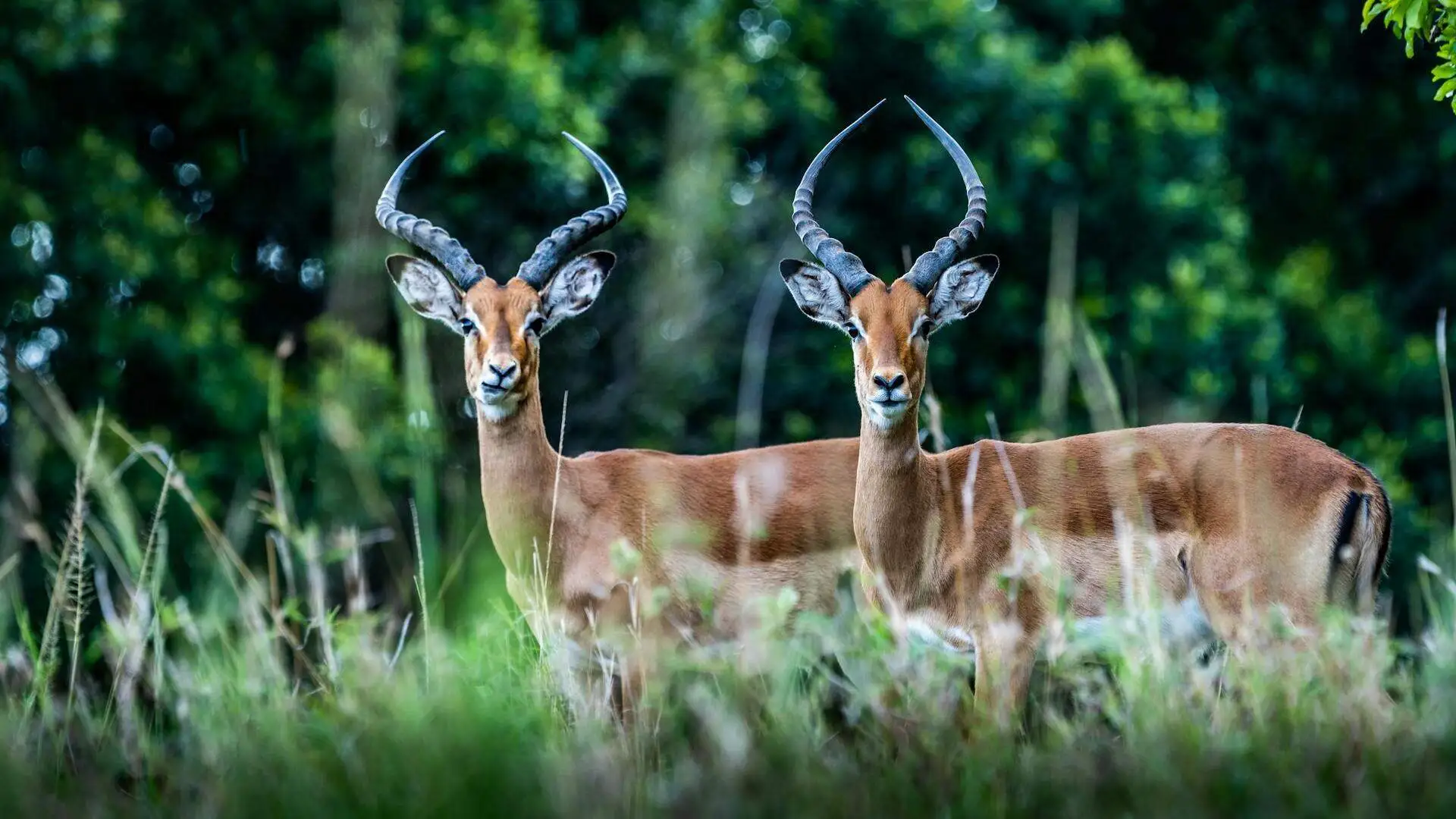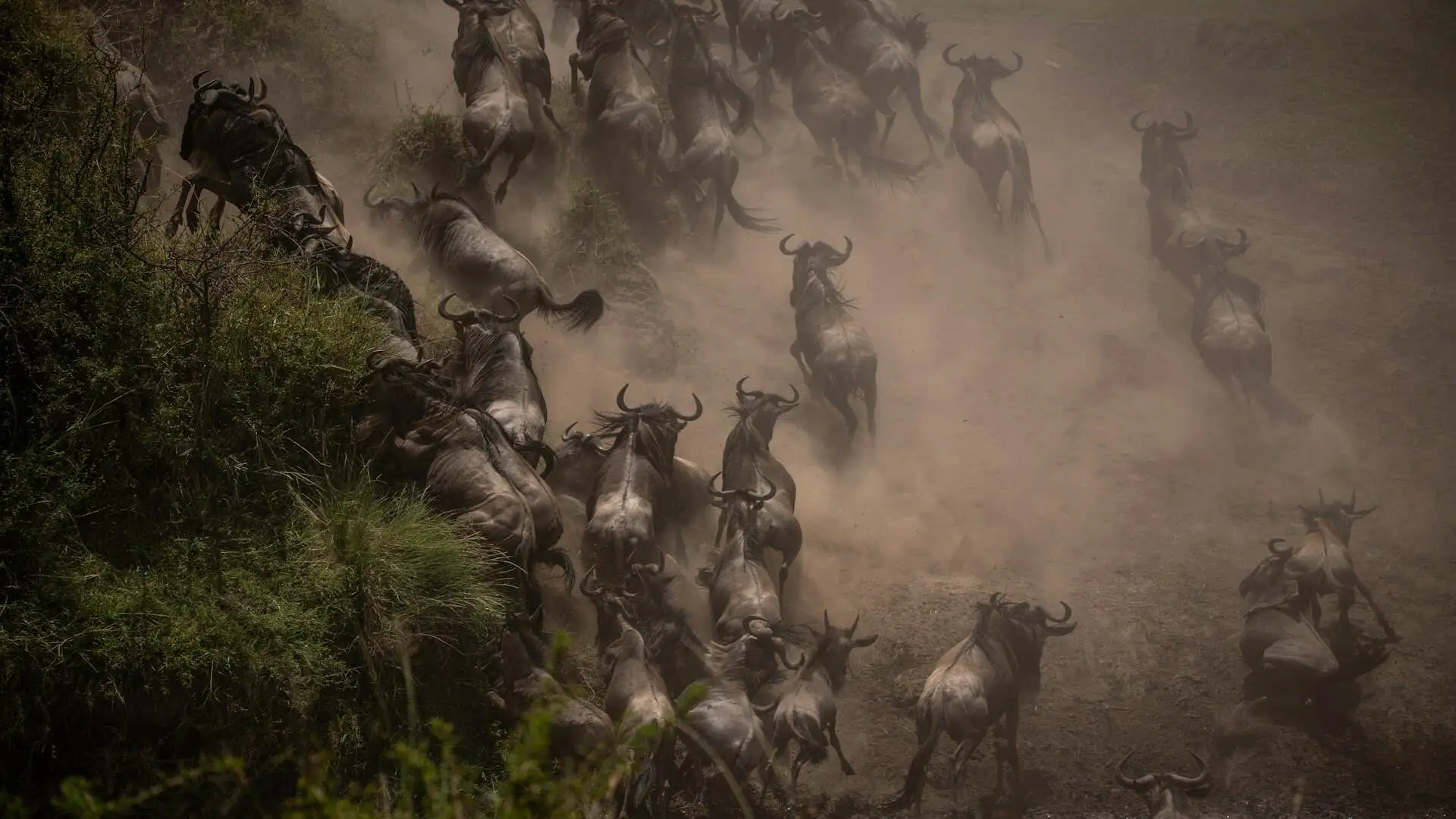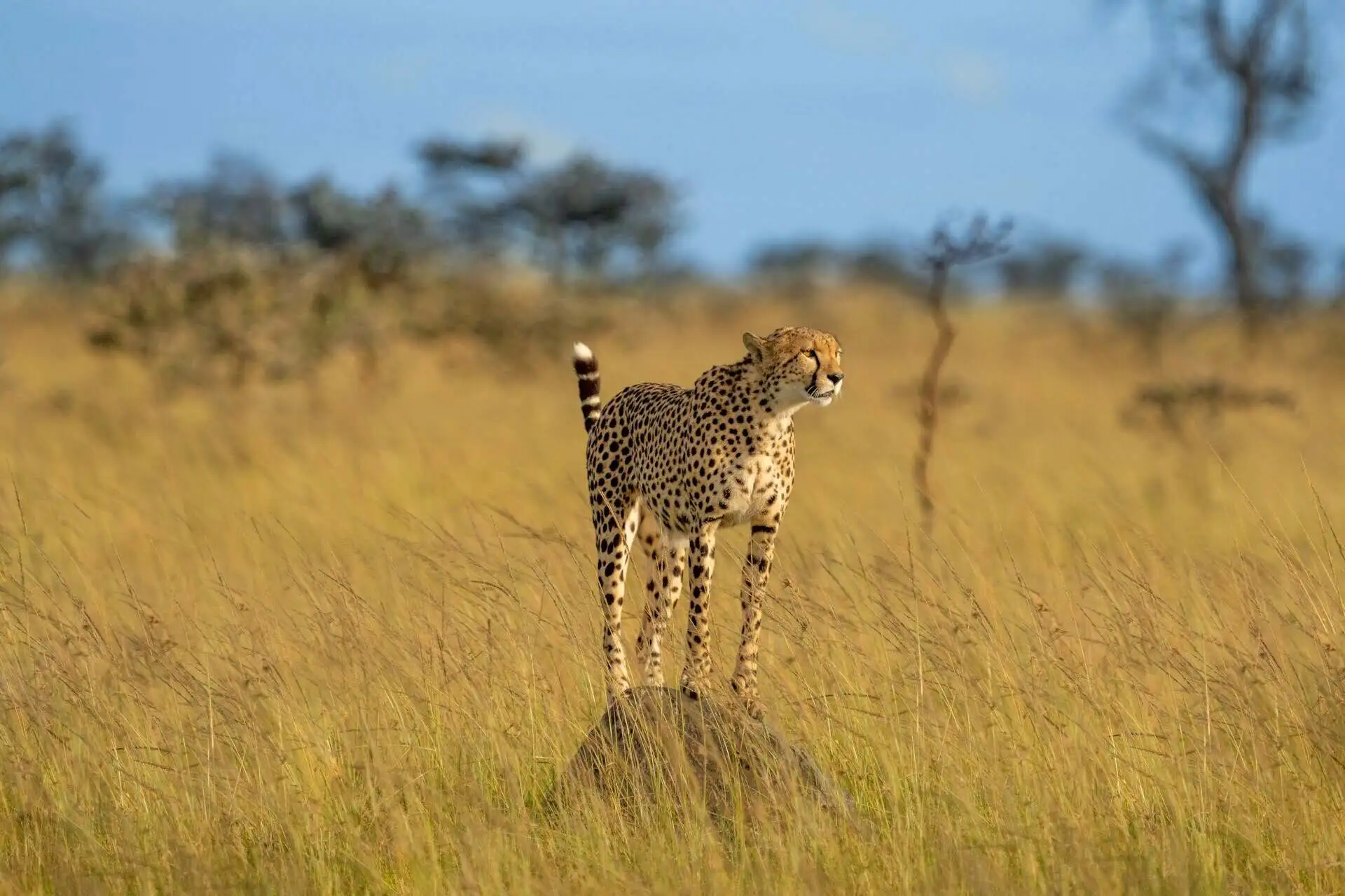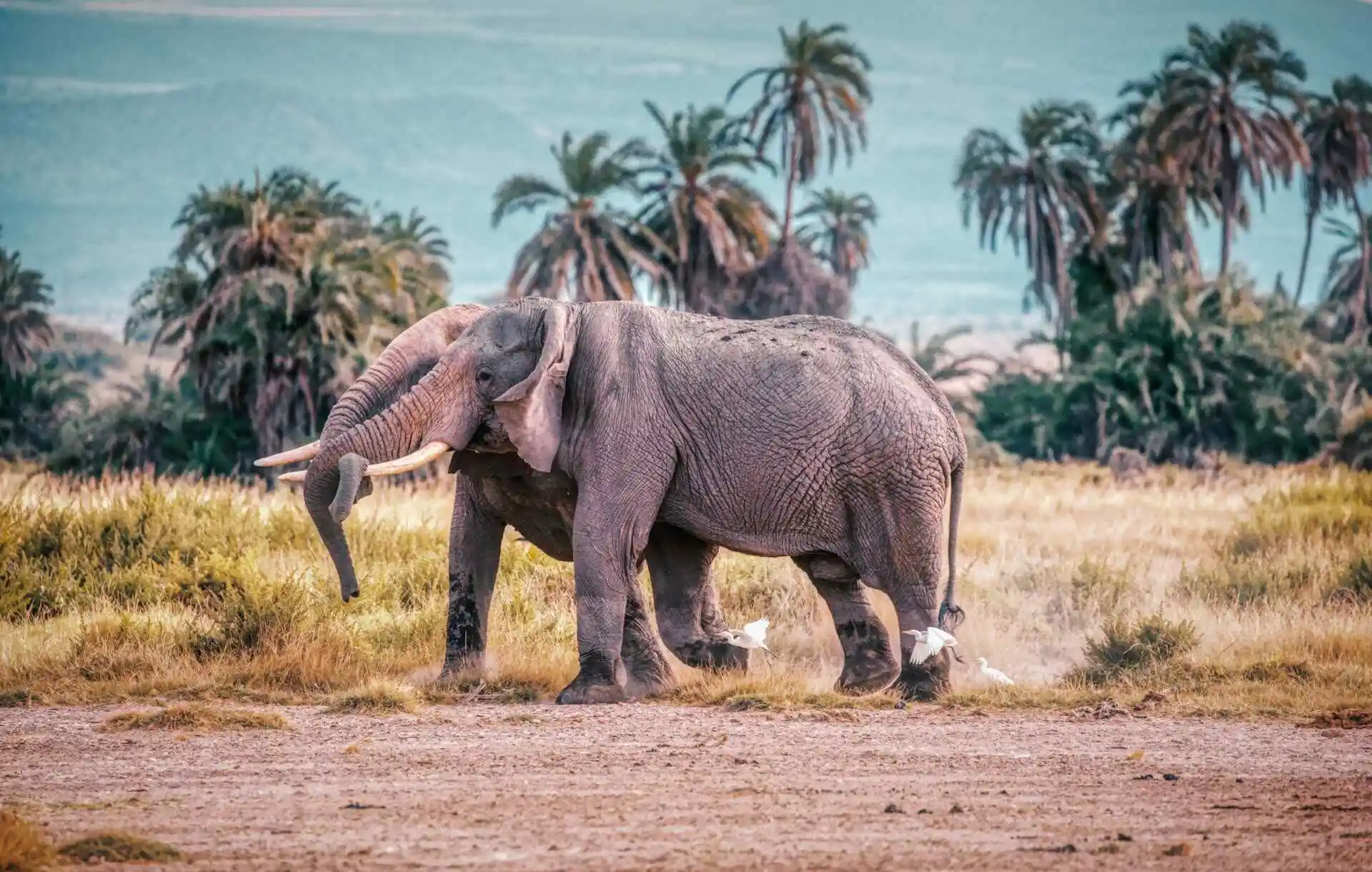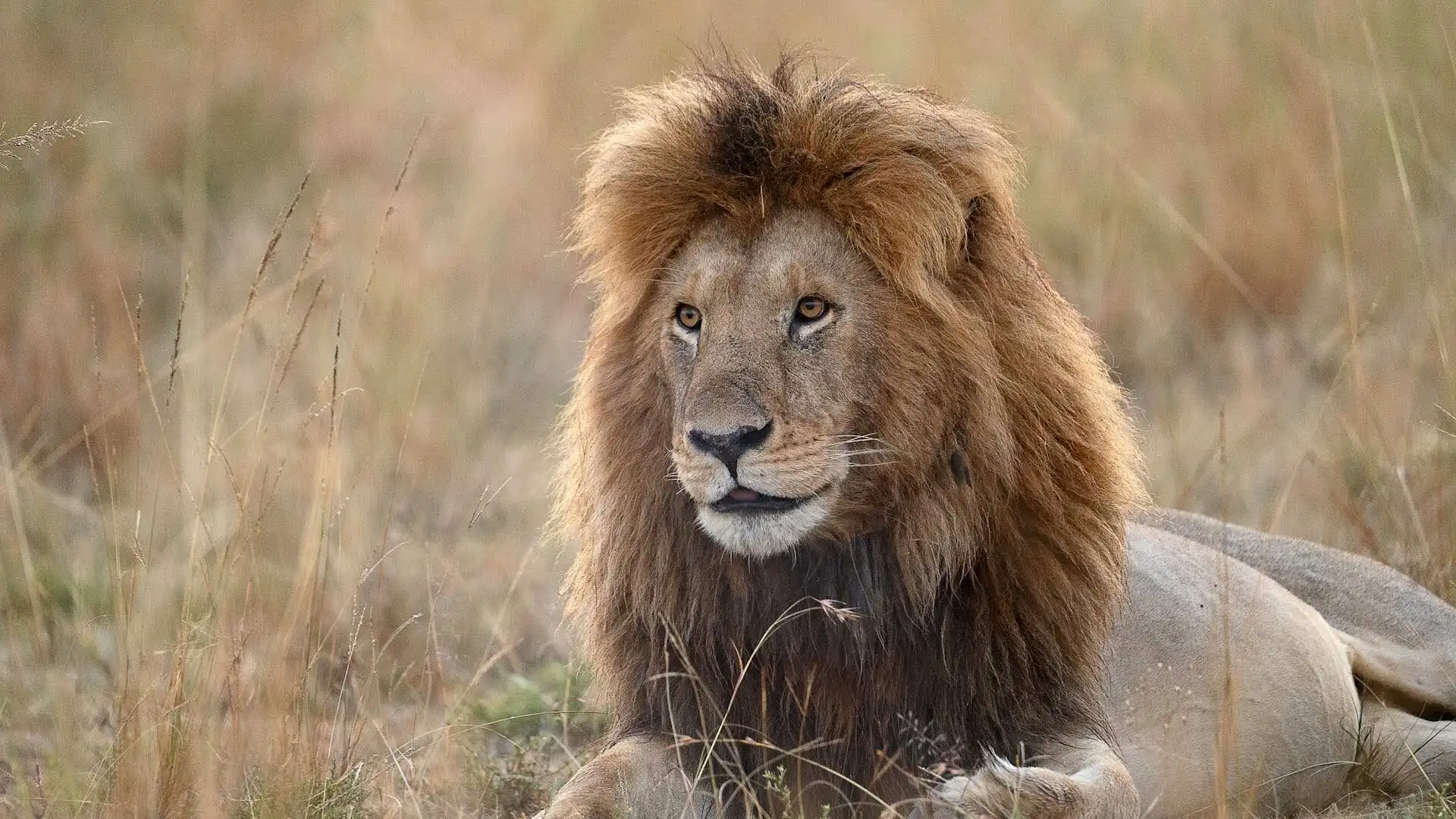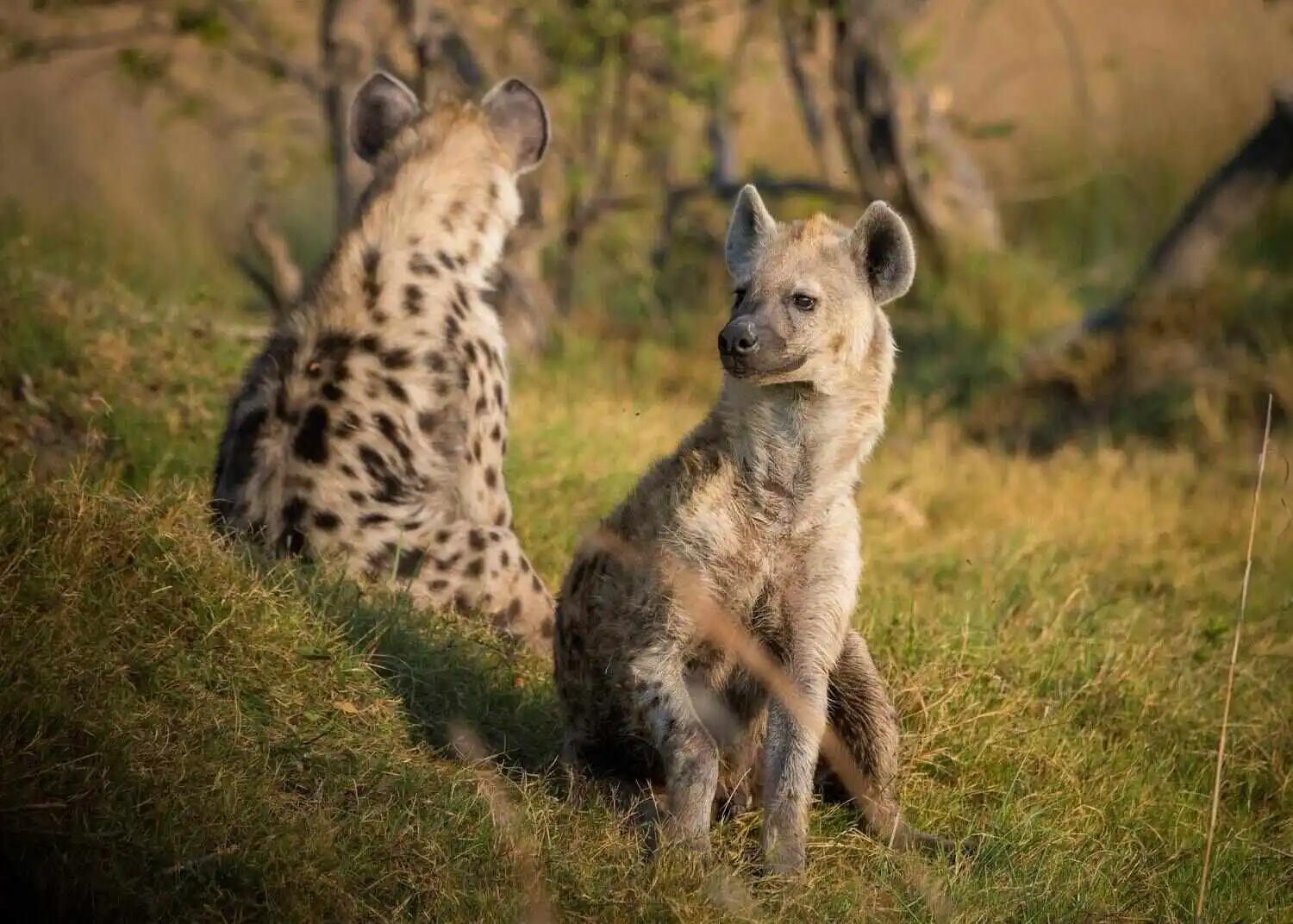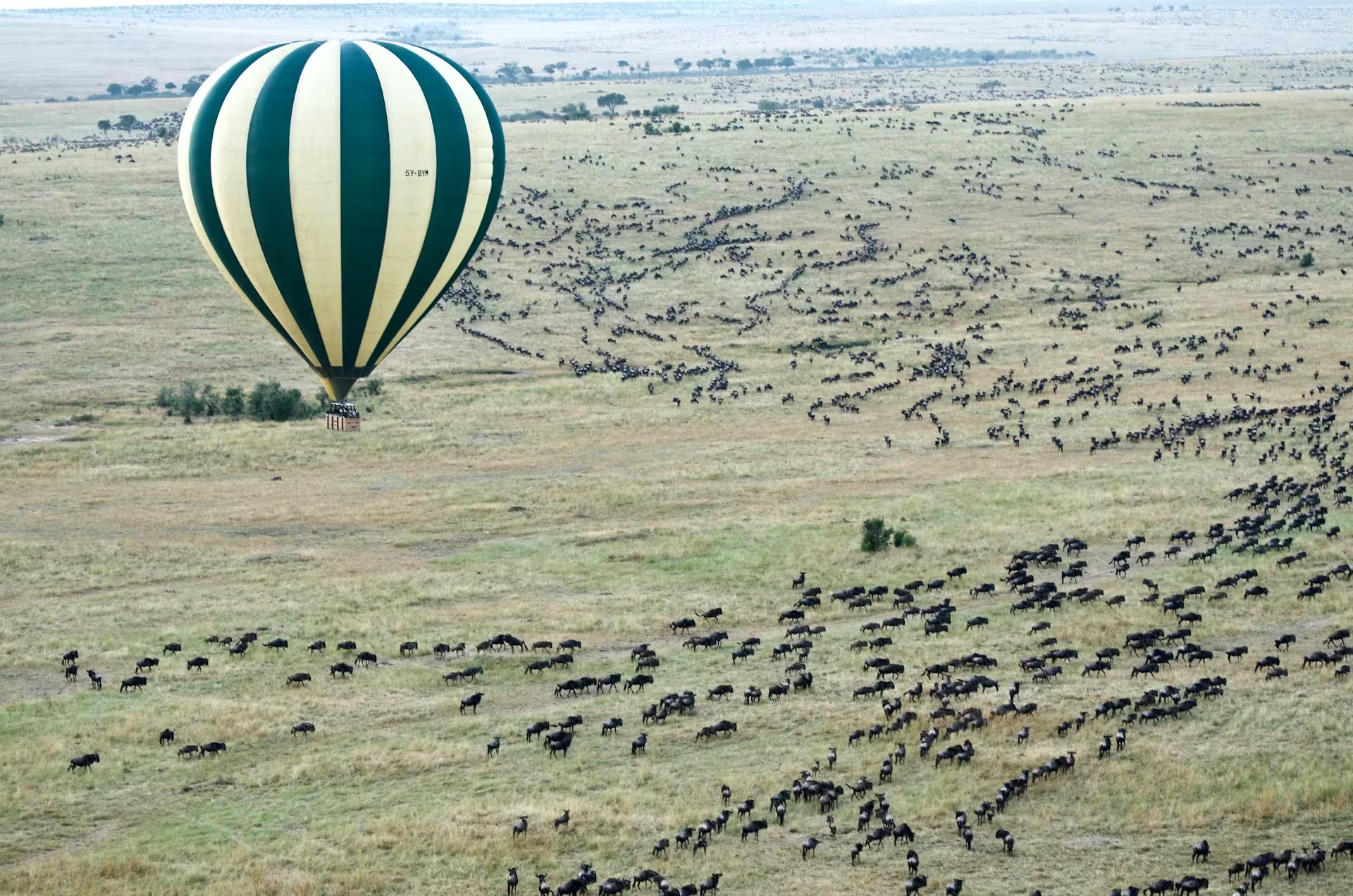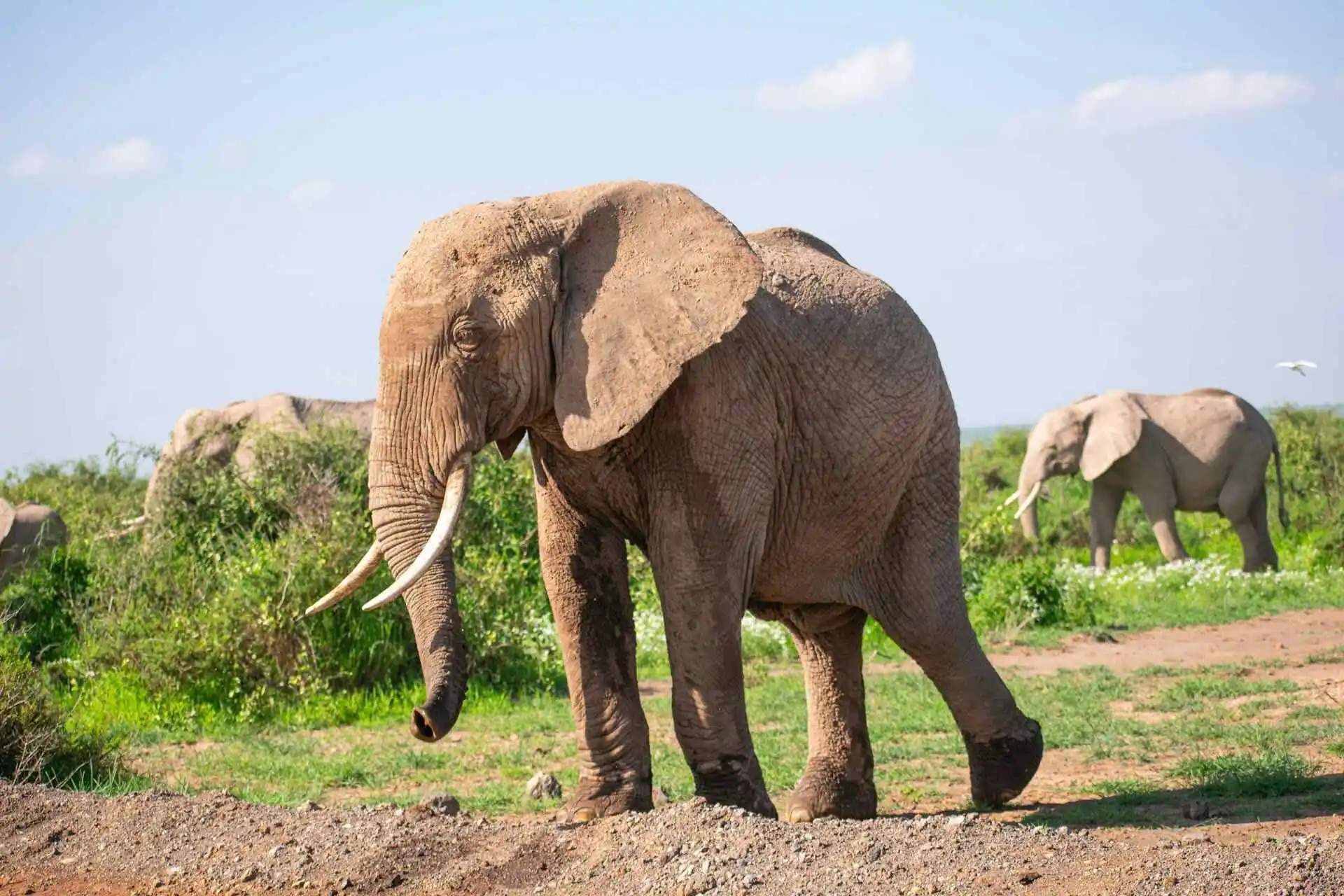Few experiences match watching the Big Five in the wild, lion, leopard, elephant, buffalo, and rhino. Kenya ranks among the clearest places to see these animals in their natural homes. The Masai Mara offers broad grasslands. The Aberdares give cool, misty forest views. Each park shows a different side of Kenya’s wildlife.
Lions rule the Mara’s open plains. Elephants move across Amboseli with Mount Kilimanjaro behind them. Rhinos live under tight protection in several conservancies. Whether this is your first safari or your fiftieth, Kenya will show new scenes and real encounters.
Ready to see them in person?
Join our Big Five of Kenya Safari. We book expert guides, private game drives, and comfortable lodges. We plan logistics, transfers, and park permits for you. Book your Big Five of Kenya Safari today and start your safari with confidence.
1. Masai Mara National Reserve
The Masai Mara sits at the heart of East Africa’s wildlife scene. It connects to the Serengeti ecosystem and hosts all five Big Five species. Lions appear across wide grasslands. Leopards hunt near river trees. Elephants move in family groups across plains.
Black rhinos live in quieter western sections of the reserve. From July to October, the Great Migration peaks. Millions of wildebeest and zebras cross the Mara River. Predators follow closely, and photo moments increase sharply.
Highlights:
- High chance to see all Big Five species
- The Great Migration runs July to October
- Year-round game drives and strong photography options
Travel tip: Stay in a conservancy beside the reserve to avoid heavy vehicle traffic.
2. Amboseli National Park
Amboseli sits below Mount Kilimanjaro and offers dramatic views. The park hosts large elephant herds that travel across open plains. These herds provide close encounters and clear photo backdrops.
Lions and buffalos appear regularly. Leopards show up in woodland edges near Ol Tukai. Rhinos do not live in Amboseli. Still, the park’s open terrain and constant water sources make wildlife spotting reliable.
Highlights:
- Up-close elephant encounters with mountain views
- Strong birdlife and steady accessibility year round
- Great lighting for early morning and late afternoon photos
Travel tip: Visit in the dry season, June to October, when animals gather at shrinking waterholes.
3. Tsavo National Parks (East and West)
Tsavo East and Tsavo West form one of Kenya’s largest protected areas. The parks give vast, rugged spaces for wildlife to roam. Tsavo’s elephants often carry a red dust coat from local soil. That sight is unique to the region.
Tsavo East favors open savanna drives and visible lion sightings. Tsavo West includes hills, lava fields, and the Ngulia Rhino Sanctuary. Buffalos and leopards live across both parks. Thick vegetation sometimes slows sightings, so patience helps.
Highlights:
- Red elephants coated by local soil
- Ngulia Rhino Sanctuary in Tsavo West
- Wide areas with lower crowd levels
Travel tip: Visit both parks for varied scenery and different animal behaviour.
4. Ol Pejeta Conservancy
Ol Pejeta lies between Mount Kenya and the Aberdares. The conservancy blends tourism with active conservation work. It hosts both black and white rhinos. It also shelters the last two northern white rhinos under constant protection.
Ol Pejeta supports solid populations of lions, elephants, buffalos, and leopards. The conservancy permits night drives, which reveal nocturnal species. Community programs channel tourism revenue into local development.
Highlights:
- Strong rhino protection and public education programs
- All Big Five in one accessible area
- Night drives and guided bush walks available
Travel tip: Reserve a visit to the Endangered Species Enclosure to learn about in-field conservation.
5. Lewa Wildlife Conservancy
Lewa holds UNESCO recognition and runs model conservation programs. Rolling grasslands and acacia stands host both black and white rhinos. Elephants roam the hills. Lions and leopards complete the Big Five view.
Lewa limits visitor numbers. This policy gives longer, calmer wildlife sightings. Fewer vehicles mean less disturbance for animals and clearer photo windows.
Highlights:
- Both black and white rhinos under active protection
- Low visitor density and tailored safari experiences
- Strong local conservation and community links
Travel tip: Pair Lewa with Samburu for northern species like Grevy’s zebra and different terrain.
6. Aberdare National Park
The Aberdare Range changes the safari scene with cool forests and moorlands. Dense vegetation supports elephants, buffalos, and leopards. Rhinos live in protected pockets inside the park.
Lions appear rarely in these forests. Lodges such as The Ark and Treetops place viewing platforms above waterholes. Guests watch animals arrive at night from safe, elevated positions.
Highlights:
- Forest safaris and high-altitude moorland scenery
- Night viewing at waterholes from protected platforms
- Cooler climate and waterfall spots for short walks
Travel tip: Pack warm clothing for early morning and night viewing sessions.
7. Lake Nakuru National Park
Lake Nakuru once drew flamingo flocks by the thousands. The park now stands out for rhino protection. Both black and white rhinos live here under tight management. Lions and leopards hunt around the lake’s woodlands.
Buffalos graze across grasslands, and elephants visit from neighboring ranges. Lake Nakuru suits travelers who have little time and want reliable rhino sightings. It also ranks among the easiest parks to reach from Nairobi.
Highlights:
- Protected rhino population in an accessible park
- Strong birdlife and calm lake scenery
- Short drive from Nairobi for day trips or short stays
Travel tip: Book morning drives for calm lake reflections and active predator behaviour.
Safari Planning Tips
1. Time your visit right.
The dry seasons run June to October and January to March. During those months, water sources shrink and animals gather in open areas.
2. Mix your destinations.
Each park offers a clear strength. The Mara shows predator drama. Amboseli highlights elephants. Ol Pejeta and Lewa lead rhino viewing. Combine parks for a fuller Big Five experience.
3. Go with experienced guides.
Local guides know animal patterns, safe viewing distances, and the best photo spots. Their knowledge often turns an average game drive into a memorable sighting.
4. Respect wildlife.
Keep distance, stay quiet during sightings, and do not feed animals. Ethical safaris protect both guests and wildlife.
5. Choose the right accommodation.
Kenya offers tented camps, luxury lodges, and community-run stays. Pick places that hire locally and support conservation work.
Seeing the Big Five in Kenya means watching wildlife that shaped Africa’s natural story. Each park presents a different mood, from Mara plains to Aberdare forests. Photographers, conservation supporters, and first-time safari travellers find clear reasons to visit.
Plan your trip now.
Our Big Five of Kenya Safari brings you to Kenya’s top reserves with expert naturalists, private 4×4 drives, and comfortable lodges. We arrange all permits and transfers and craft each day to raise your sighting chances. Reserve your spot now and turn your Big Five wish into a real, guided safari.

